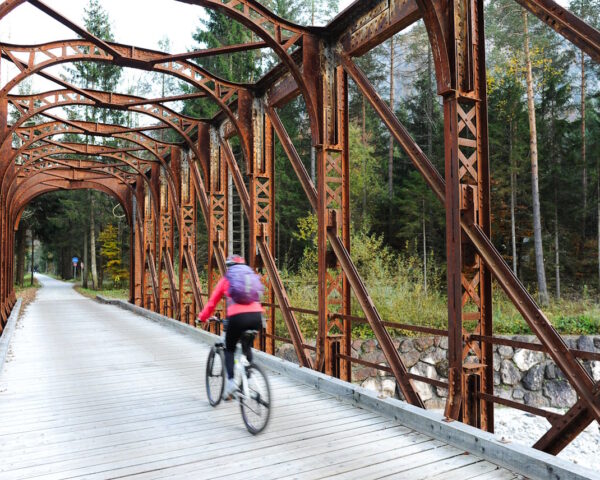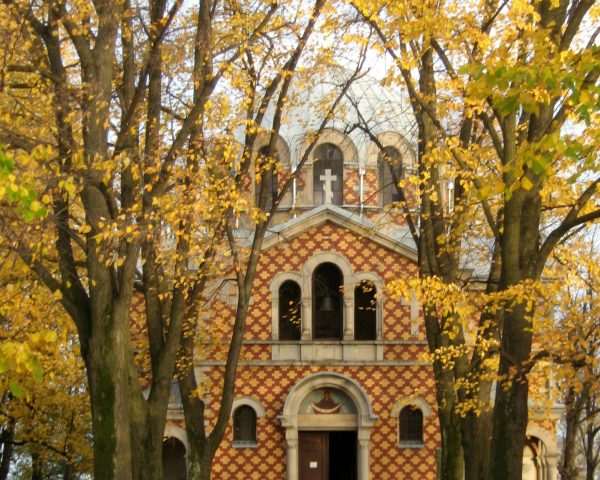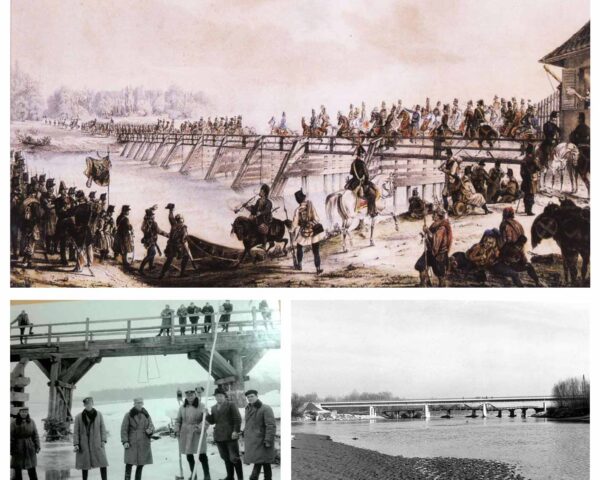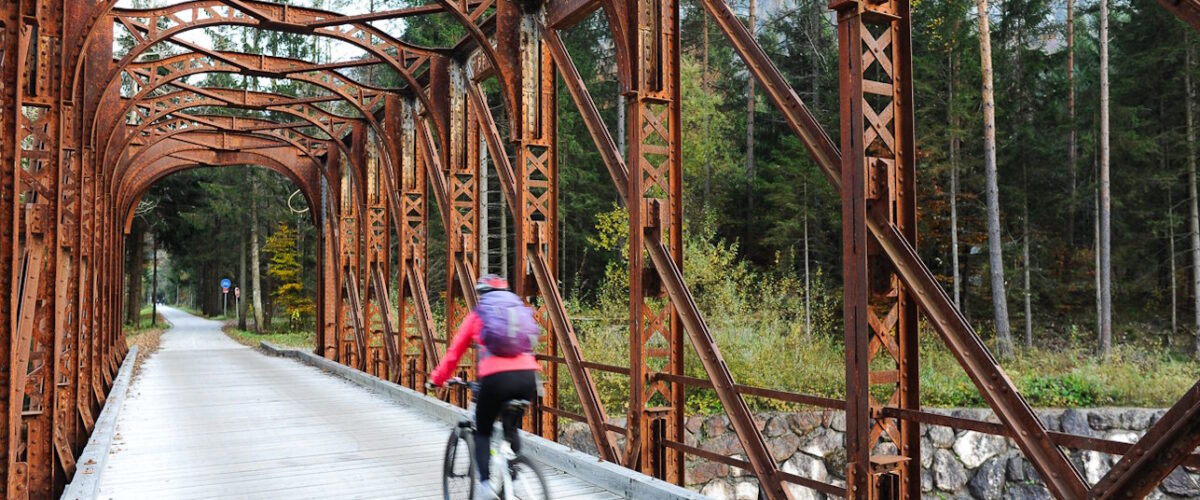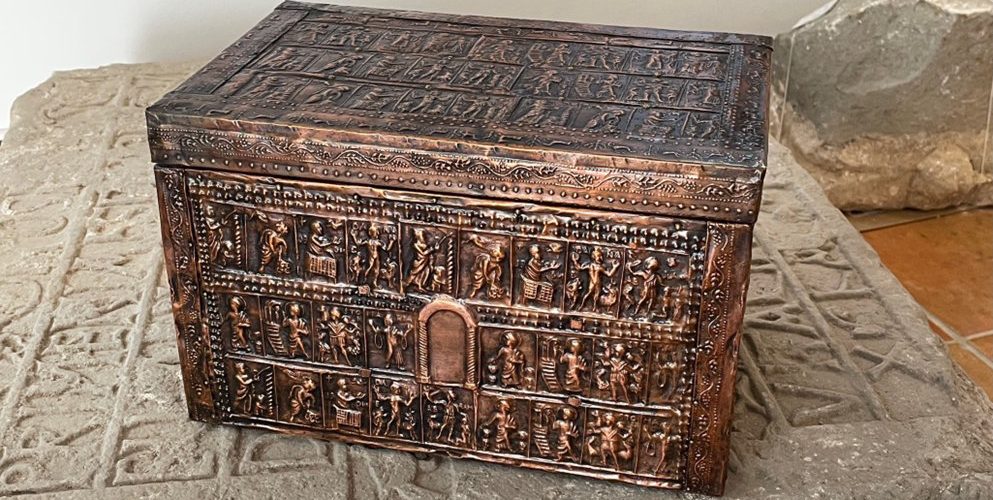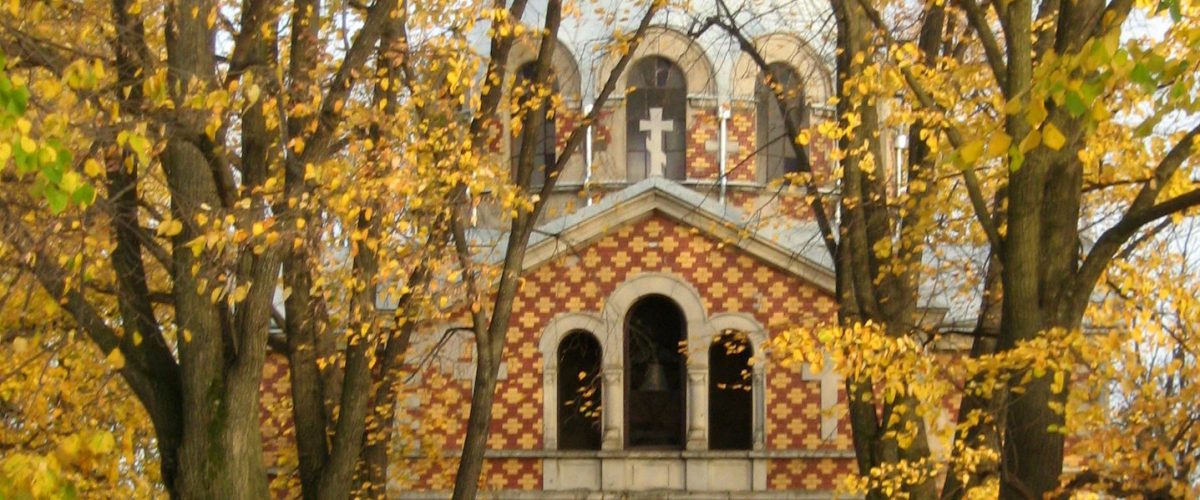The mystical river
The northernmost and smallest Croatian county of Međimurje is known to the public as The Land Between Waters – the Mura in the north and the Drava in the South. Because of it’s many natural beauties, Međimurje is called the Croatian Flower Garden, and in it’s lower part, along the left bank of the Drava river, is the small town of Prelog.
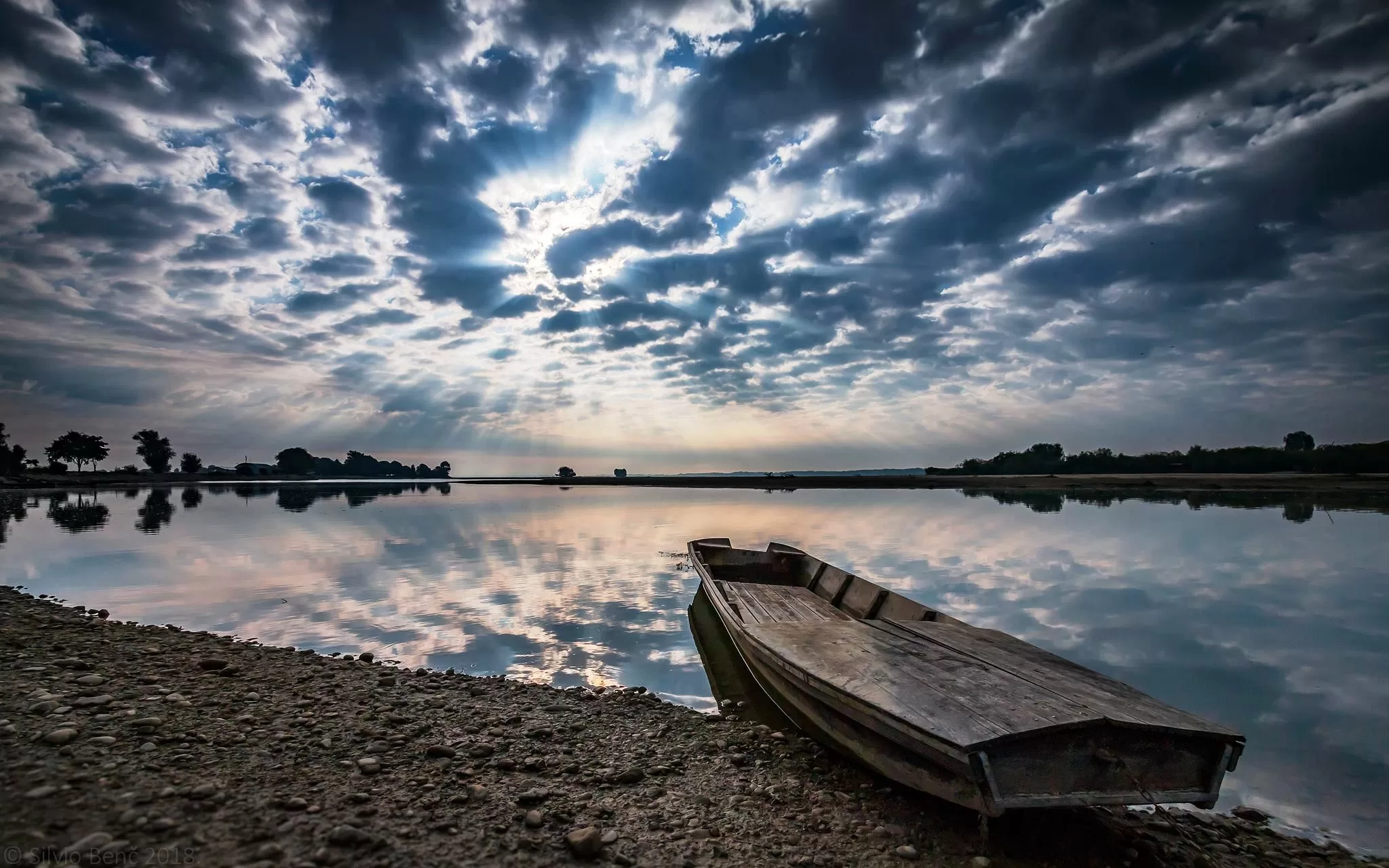
The name Prelog has historically had many derivatives on maps such as Perlak, Perlag, Prelok, Birlack, Briloch and Brilach, but in recent history the current name Prelog has become established. The inhabitants call their town Prilok and themselves Priločanci. The first written mention of Prelog dates from December 6th 1264, when Ban Roland of Ratold issued a judgment regarding the property of Trnava.
According to the available archaeological findings in the area of Prelog, man lived here as early as in the Bronze and Iron Ages. Although the Drava formed a natural border on one side, it still could not stop the numerous people who moved through it’s valley towards the Alps or the opposite, towards the Danube. It was precisely this favourable position that gave importance to this area in antiquity and the Middle Ages. The fertile land and excellent climate enabled permanent settlement in these areas. Evidence for this was found in old necropolises, tumuli and rustic villas excavated in the vicinity of Prelog. But unfortunately, numerous barbarian tribes passed through here, ravaging and looting ancient settlements, and there were also conflicts between the Franks and the Avars, as well as invasions by Hungarians. As part of Međimurje, Prelog came under the rule of the Zrinski family in the 16th and 17th centuries. There are very few records from that and later times, and we learn most of the information from canonical visitations.
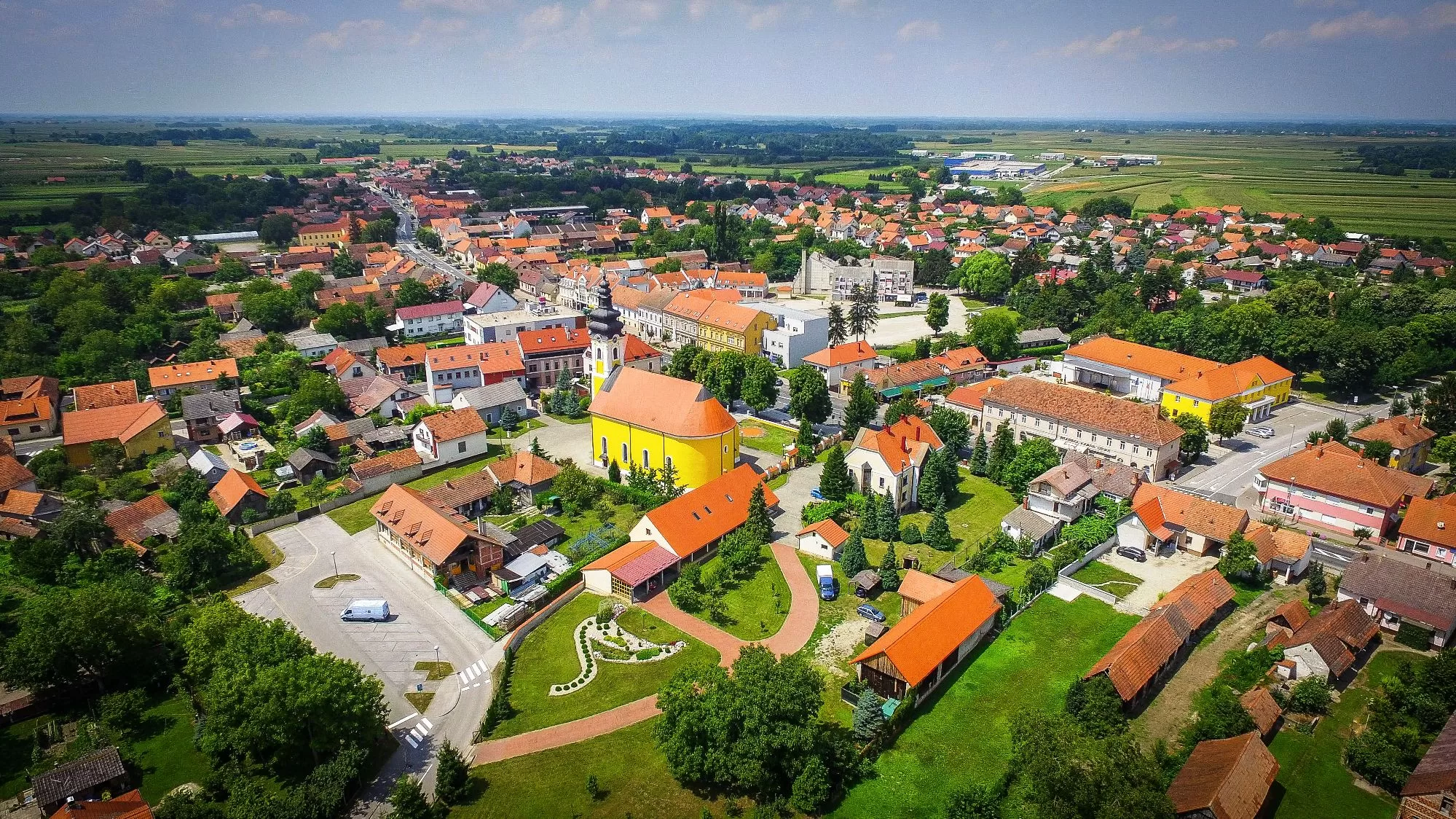
The settlement along the Drava River defined the layout of the town, and the water shaped the streets and squares, thus determining the location of the main parish church on the highest elevation in lower Međimurje, and thus also in Prelog. Even the main altar was transported by river because it was built in one piece. This is a rare feature that contributes to the beauty and importance of the baroque building built between 1758 and 1761, which is dedicated to St. Jakob. The church is famous as one of the most beautiful baroque buildings in Croatia, and the vault with domes over the spacious hall of the nave is the first of it’s kind in Croatian church architecture. The interior was painted in 1813 by the Italian painter Aloysius Belli, and the altarpieces for the side altars by St. The Rosary and the Holy Three Kings were painted in 1869 by Giacomo Brollo from Germona di Friuli, Italy.
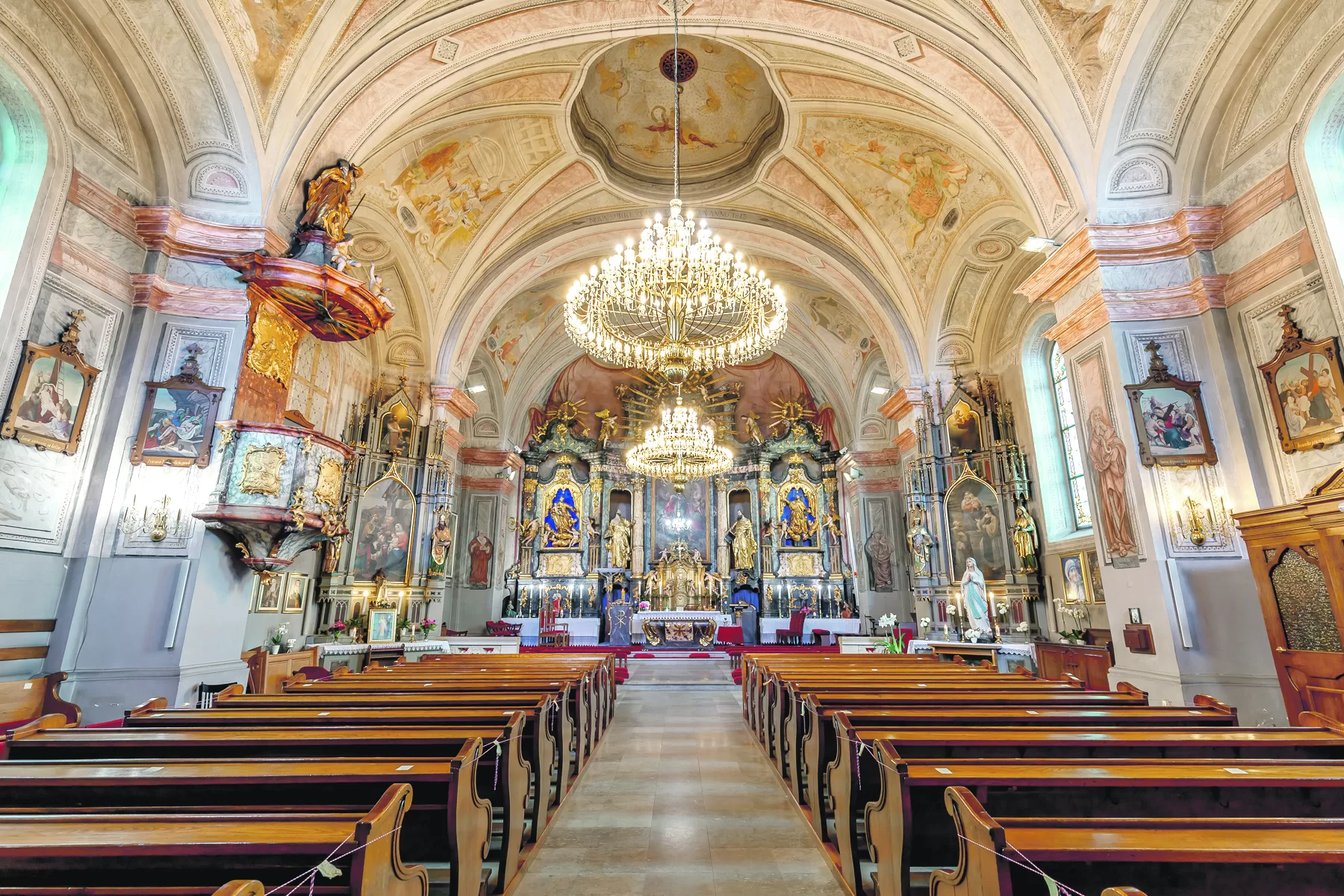
Of course, standing on the highest geographical point of the lowland town places the observer in the strict centre of the settlement. The town of Prelog consists total of eight settlements: Draškovec, Cirkovljan, Otok, Oporovec, Čehovec, Hemuševec and Čukovec, with over 7,800 inhabitants. The administrative part of the town area is located in the settlement of Prelog, which stretches down the main road along which there are old two-story buildings that once belonged to wealthier Jewish families, one-story houses and modern buildings. It is possible to walk around the centre in just a few minutes and see the already mentioned church and the adjoining square, but also take part in numerous mass celebrations where the local cantor (organist) revives the music produced by the impressive Angster organ from 1896. Near the church in Prelog, the foundations of an unknown circular object (tower) were found, which is believed to have had a sacred but also a profane character over time. The image of tower appeared on old seals of the Prelog market place, so it has been representing the heraldic identity of the city since ancient times, and it’s completely accidental discovery proved to be important after all.

Across the street from the church, in the building of the former maternity hospital and hospital for trachea and the city administration, there are two cultural institutions – the Museum of Croata insulanus of the City of Prelog and the Library and Reading Room of the City of Prelog. The museum was founded in 2013 and contains collections of ceramics, binders, and naive and modern art that are registered in the Register of Cultural Properties of the Republic of Croatia. At the same time, the uniqueness of the naive art collection, which contains the works of the most important representatives of that artistic direction, is emphasized: Ivan Generalić, Ivan Lacković Croata, Josip Generalić and Ivan Rabuzin. The modern art collection boasts works by the most important authors of Croatian modern art: Oton Gliha, Edo Murtić and Ivan Meštović. In addition to the aforementioned, the museum also has a rich collection of ethnographic objects from everyday life.
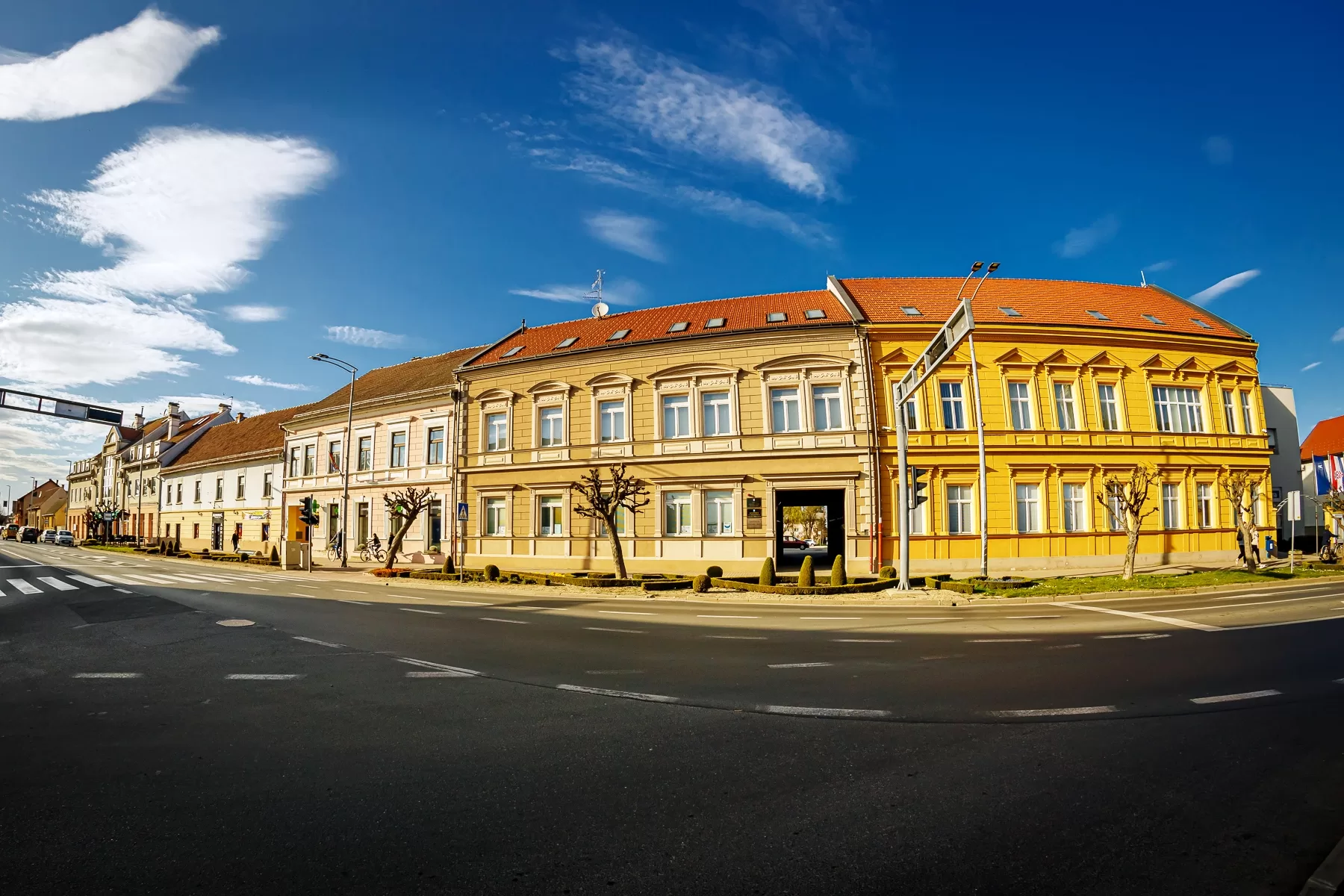
The roots of the library go back to 1903, when the first local reading room was opened, called the casino. In 2017, the library was declared the Library of the Year by the Croatian Library Association, and in 2020 it won the EIFL award for innovation. The library and reading room of the City of Prelog has a constantly growing digital collection of old photos and documents from the history of Prelog. It deals with the preservation of intangible heritage related to folk myths and lectures with a focus on local mythical creatures that “live” in the river through the production of heritage publications and the organization of the LegenD(r)a Festival. The reference collection of the library includes all five volumes of the Croatian Encyclopedia, which was printed between 1941 and 1945, of which the fifth volume, due to its rarity, is one of the most sought-after Croatian books of all time.

The main street is parallel to the flow of the Drava, which is only two kilometres from the centre of the village and once again subtly shows the connection between the water and the city. In addition to the beautiful untouched and well-organized nature that is abundant with animal and plant species, the river in its sports area and marina offers a place for family gatherings, recreation and bird watching. Called the Croatian Amazon, this area was declared a reserve by UNESCO in 2020.
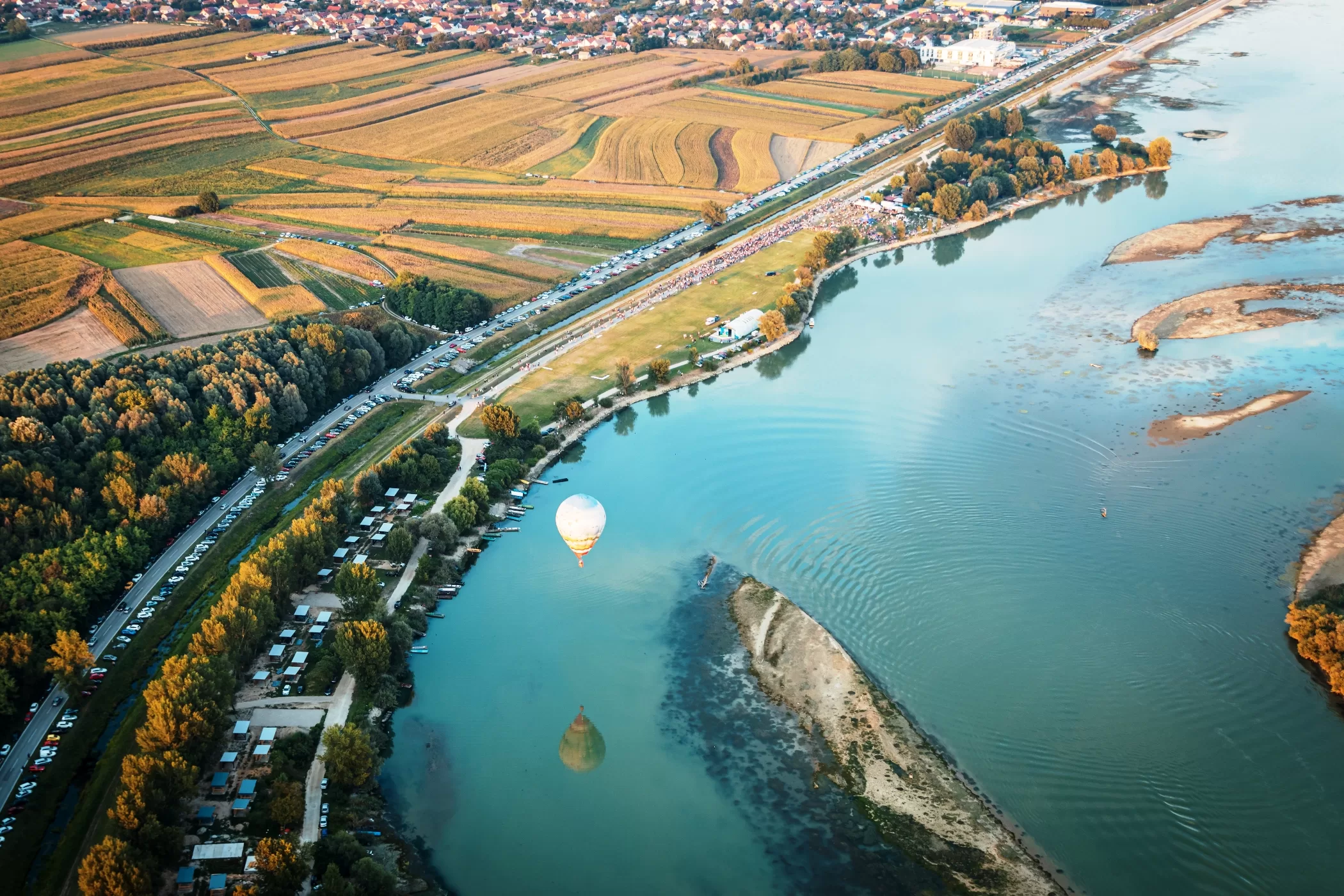
The Mura, Drava and Danube rivers flow through five countries and form a green belt 700 kilometres long that connects almost one million hectares of a unique area of natural and cultural heritage that became the world’s first 5-state Mura-Drava-Danube biosphere reserve. This unique river landscape has managed to maintain an incredible biodiversity despite numerous changes caused by human activity, and it can boast of a number of rare habitats such as large floodplain forests, river islands, gravel and sand banks, backwaters and marshes. These habitats are the home of the largest population of bald eagles in Europe and the refuge of many other endangered species such as little terns, black storks, beavers, otters and some vulnerable fish species such as bream.
For centuries, the Drava River has influenced the lives of the inhabitants who lived near it. It flooded their settlements, provided water for daily life, for grinding grain, for navigation, for food, even for washing gold. And they tried to tame it, bridge it and use it. Children and adults spent most of their time outdoors, so this way of life is present in a smaller form even today. Fishing and riding in special Drava boats (čoni) traditionally made of spruce, larch or black pine is a favourite pastime of the local population.
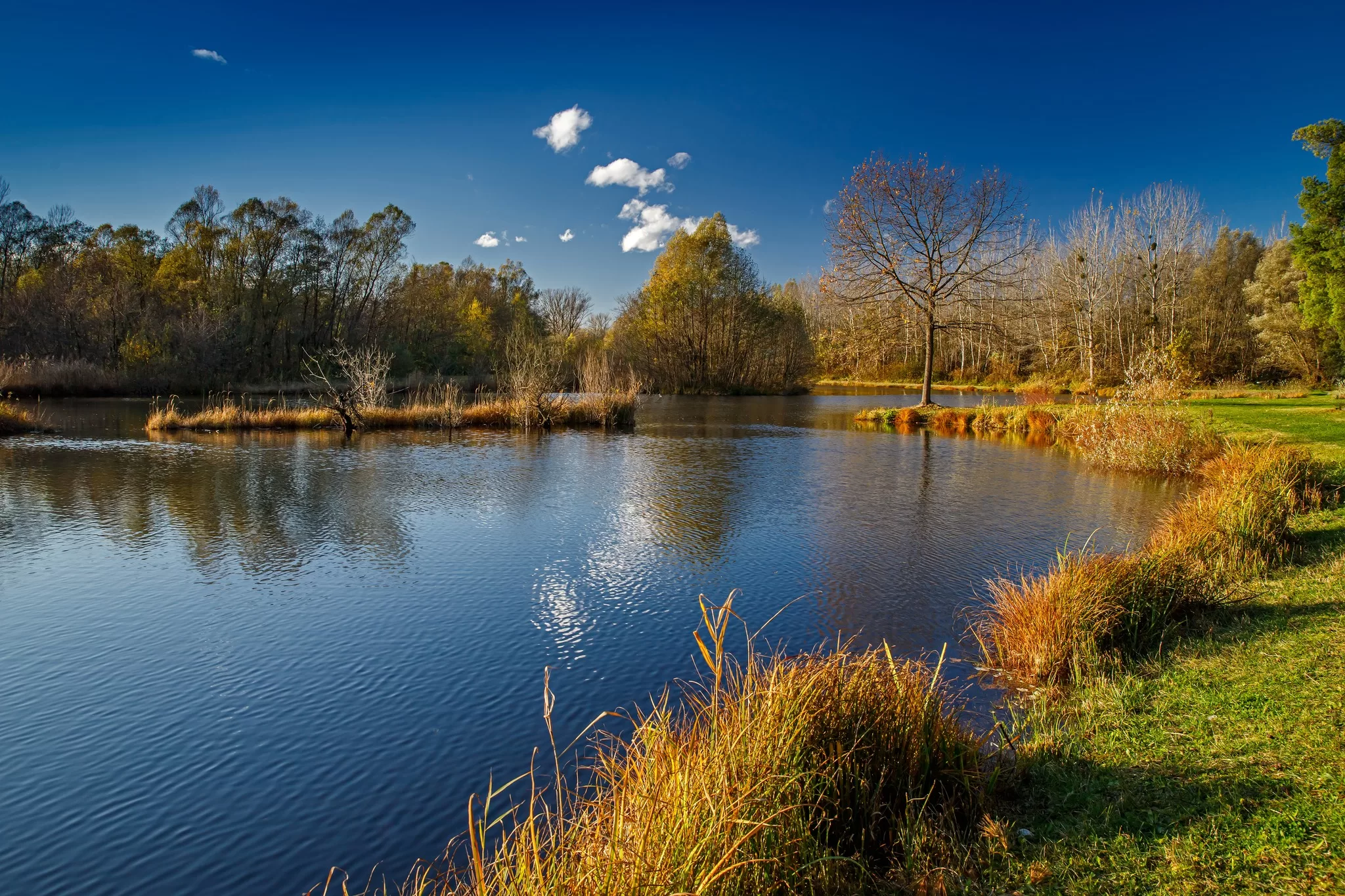
Drava has always represented danger and was capricious, unpredictable and ready to change destinies. Despite this, people maintained an almost mythical relationship with the river and showed it respect. In Međimurje, this is especially visible in the oral tradition, which has largely survived to this day, but also in the wistful songs that talk about water (either the Mura or the Drava, or springs and wells). People were attracted to many creatures that “lived” in or around water. There were fairies, Drava monsters, witches, watermen, dragons, pesjaneki… People used them to scare children, explain successes and failures at home and in the field, or simply pass the time by telling scary stories.
Visiting Prelog means coming to see the river. Mystical and cruel but at the same time beautiful and rich with life.
Authors:
Maja Lesinger
Dominika Lukačić – Murković
Library and Reading Room of the City of Prelog
Useful links:
- Online exhibitions of the Museum Croata insulanus City Prelog https://muzej-croata-insulanus.hr/online-izlozba/
- Prelog old photos https://prelog.topoteka.net/
- Tourist Board of the City Prelog https://www.tz-prelog.hr/hr/
- Little open libraries shorturl.at/nBMQ8
- Medjumurje flora and fauna Facebook page
Used photos:
- TZ Grada Preloga
- KIČ Grada Preloga
- Muzej Grada Preloga

